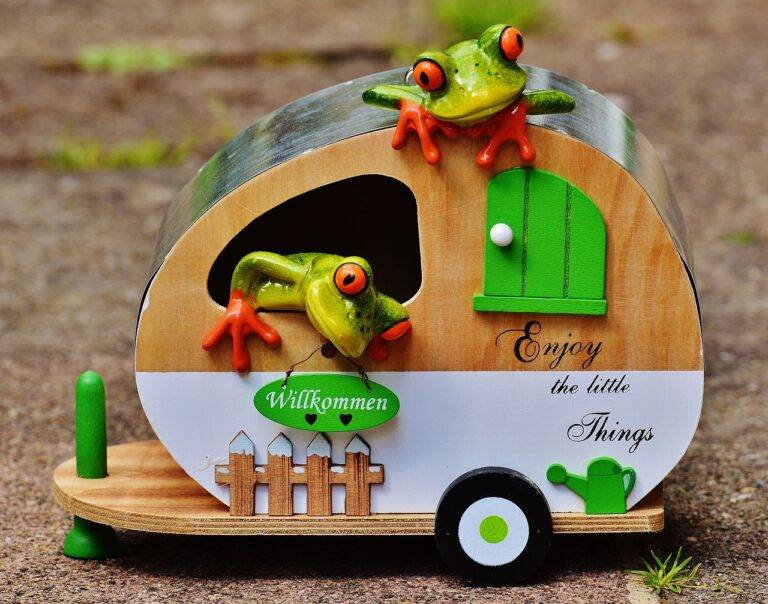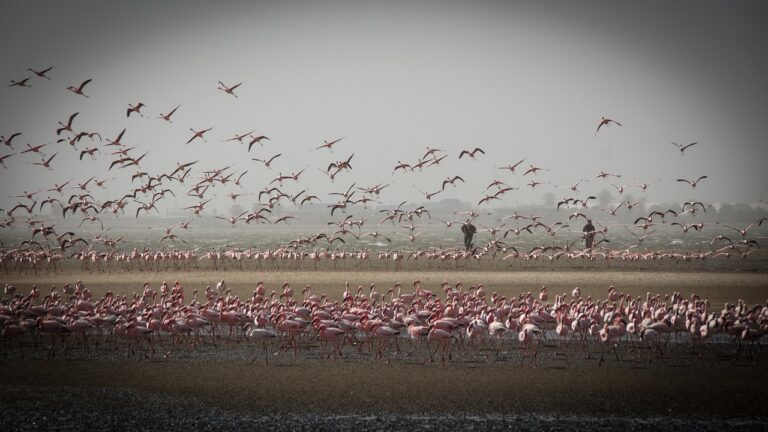Ethical Wildlife Encounters: Respecting Animals in Their Natural Habitats
Wildlife conservation is crucial in the protection of countless species that face the threat of extinction. Through dedicated efforts such as establishing protected areas, implementing wildlife laws, and raising awareness, conservationists strive to safeguard the diversity of life on our planet.
Preservation of natural habitats plays a significant role in wildlife conservation. By maintaining these ecosystems intact, we provide essential resources for animals to thrive and sustain their populations. It is imperative for us to recognize the interconnectedness of all living beings and work towards coexisting harmoniously with wildlife.
Understanding Animal Behavior
A fundamental aspect of wildlife conservation is delving into the complexities of animal behavior. By observing and documenting how animals interact with their environment and other species, researchers and conservationists gain valuable insights into their needs, habits, and social structures. Understanding animal behavior not only enhances our knowledge of different species but also aids in developing effective strategies for their protection and survival.
Animal behavior can be influenced by a myriad of factors such as environmental changes, predators, availability of resources, and human activities. By studying these behavioral patterns, we can better comprehend how animals adapt and respond to various stimuli in their ecosystems. Recognizing the intricate connections between animals and their surroundings is crucial for implementing conservation efforts that are tailored to meet the specific needs of each species.
Minimizing Human Impact on Wildlife
In order to protect and conserve wildlife, it is essential that humans take necessary steps to minimize their impact on natural habitats. One way to achieve this is by practicing responsible waste management and reducing the use of single-use plastics that often end up in ecosystems and harm wildlife. By adopting eco-friendly habits such as recycling and properly disposing of waste, individuals can contribute towards keeping habitats clean and safe for animals.
Another important aspect of minimizing human impact on wildlife is to avoid habitat encroachment. As human populations continue to expand, there is a growing risk of encroaching on the natural habitats of many species. To mitigate this, it is crucial to implement sustainable urban planning practices that take into consideration the needs of local wildlife populations. By protecting and preserving their habitats, we can help ensure the survival of diverse species for future generations to appreciate and enjoy.





